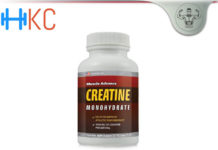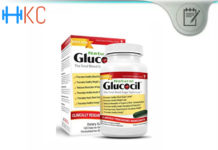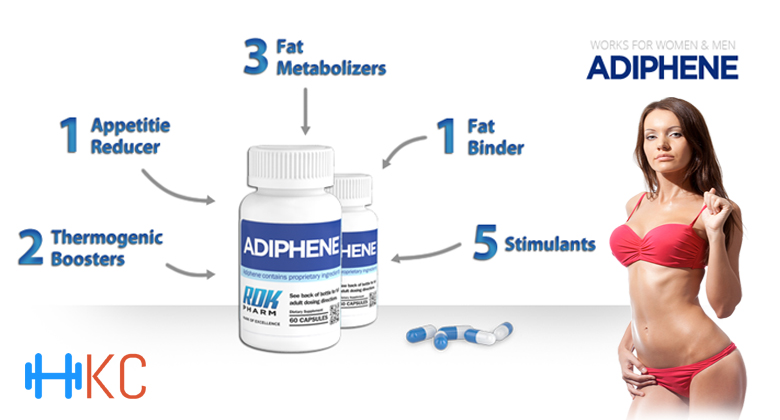
Let us start by answering a few basic queries!
What is IV regulation?
IV regulation or Intravenous fluid regulation is the regulation and the control of fluid that can be administered intravenously which means through the bloodstream. The fluid is usually supplied from a bag connected to the intravenous line. The tube is a thin tube and is called the IV line which gets inserted into one of the major veins in your body. There are many reasons why you can require IV therapy including diseases where fluid loss has happened when the body is unable to breakdown essential nutrients from the ingested food and for detoxification. Before investing in the detoxing benefits of IV therapy with Glutathione, you need to be aware of the general principles of the therapy. So let us have a look!
So, why is the regulation required?
Administration of fluid through an IV line needs regulation, control and medical supervision owing to the fact that the amount of fluid that gets inside the body requires monitoring. Without the external control through a regulating mechanism, the entirety of the fluid being administered will rely on gravity alone. It will result in a faulty administration of the fluid; either too little or too much, neither of which are acceptable scenarios.
The use of an electric pump usually regulates the flow. It is a specialized mechanized device that keeps tabs on the rate of the flow of the fluid through the IV line. However, regardless of the management of the fluid flow of the IV, and the fluid uptake it should be monitored by specialized caregivers, nurses and medical professionals to maintain correct flow and dosage.
Read Another Help-full Article “Finding the Recommended Dietary Intake, And a Healthy and Fit You“
About the purpose of IV fluid regulation
As stated earlier, there are various reasons as to why you might need fluid to be supplied directly to your bloodstream through IV. These are as follows,
- In the case of acute dehydration commonly seen after excessive activity or illness, you need dehydration
- Due to the treatment of an infection using powerful antibiotics
- In the case of cancer treatment using chemotherapy drugs
- Pain management brought about by certain medications
What is administered using the IV line?
Usually, fluids consisting of electrolytes, sugar, medications and added nutrients in varying concentrations according to your prescription gets resupplied by the IV line.
You need to keep in mind that the rate of the fluid and the quantity of the IV drip is according to the medical condition of an individual, the body size and the age. The regulation through a standard machine is what is responsible for maintenance of the correct rate of flow of the drip through the IV line. Keep in mind that complications might arise when you receive too much too quickly or not at all. So the ideal situation would be to maintain a balance of the rate of the flow at all times.
Read… “A Detailed Guide on Chiropractors“
About the types of IV fluid regulation
There are several ways through which you can maintain the regulation of the fluid flow through an IV. These are manual regulation and electric pump regulation. Both methods require expert guidance and medical supervision. So there are no extra advantages of going for one or the other.
About the manual regulation
Here the rate of the fluid dripping gets managed by the manual technique. The nurse or the medical expert under whose supervision the IV is being administered increases or decreases the pressure clamp to stop or speed up the flow of the liquid through the IV line. The number of drops per minute can be calculated, and the rate of flow can e fixed accordingly.
About the electric pump
Here the rate of flow of the fluid through the IV line is modulated using an electric pump. The nurse or the medical care provider is responsible for programming the pump to deliver the desired amount of fluid into the body of the individual according to the desired and correct rate.
So, what to expect during the procedure?
Let us list the factors that you need to go over before and during the procedure,
- First, the medical professional or doctor will determine to administer the type of fluid you require, and they will also set the rate at which it should be administered.
- The nurse or the primary care provider will disinfect the skin at the site of the injection. Next, he/she will locate the vein and make a channel or insert the IV tube with the surgical needle. It will sting a bit but only a bit! The procedure is entirely painless.
- The nurse is also responsible for adjusting the IV or the pump to maintain a specific rate of flow of the fluid through the IV line. If in case there are problems or you feel any discomfort ask for help from your primary care provider.
In case there are complications
There are a few minor risks associated with receiving fluid intravenously. Infection at the injection site, dislodged IV catheter, and a collapsed vein are some of the more common complications a patient can report.
The patient can avoid dislodging the catheter if they lie motionless, as much as possible during the procedure and the therapy session. The collapsed vein is caused by an IV catheter remaining inserted in a vein for a long time. So make sure you are aware of any pain or discomfort during the procedure.
There can be complications if the fluid is being supplied rapidly and these include headache, high blood pressure, anxiety, and trouble breathing. Make sure you inform your primary care provider if you are experiencing any of the above symptoms in case of an overload.
There can be issues if the flow rate is too low which will result in the patient not responding to the treatment as well as he/she should be. All in all the administration of fluid through IV is very safe. As long as you are getting it done from a professional and certified practice center, you are in good hands.
We hope that the article helps you in understanding everything you needed to know about IV and intravenous regulation of fluids.











































